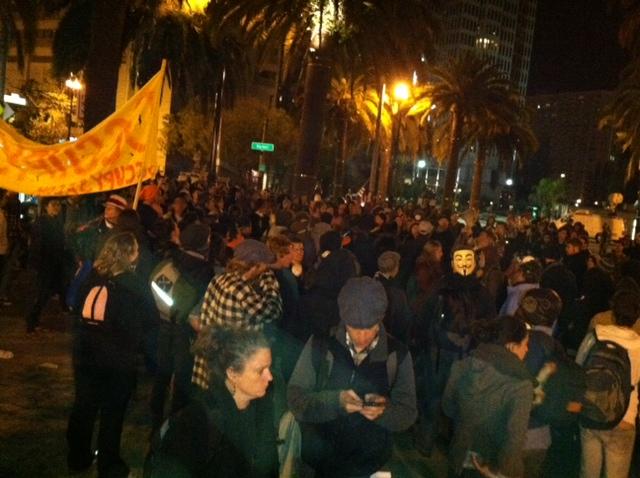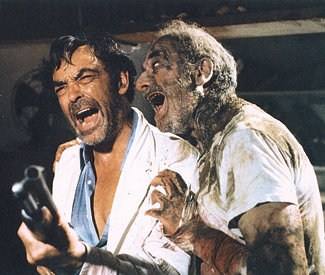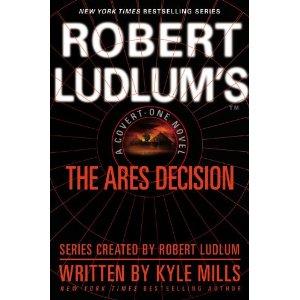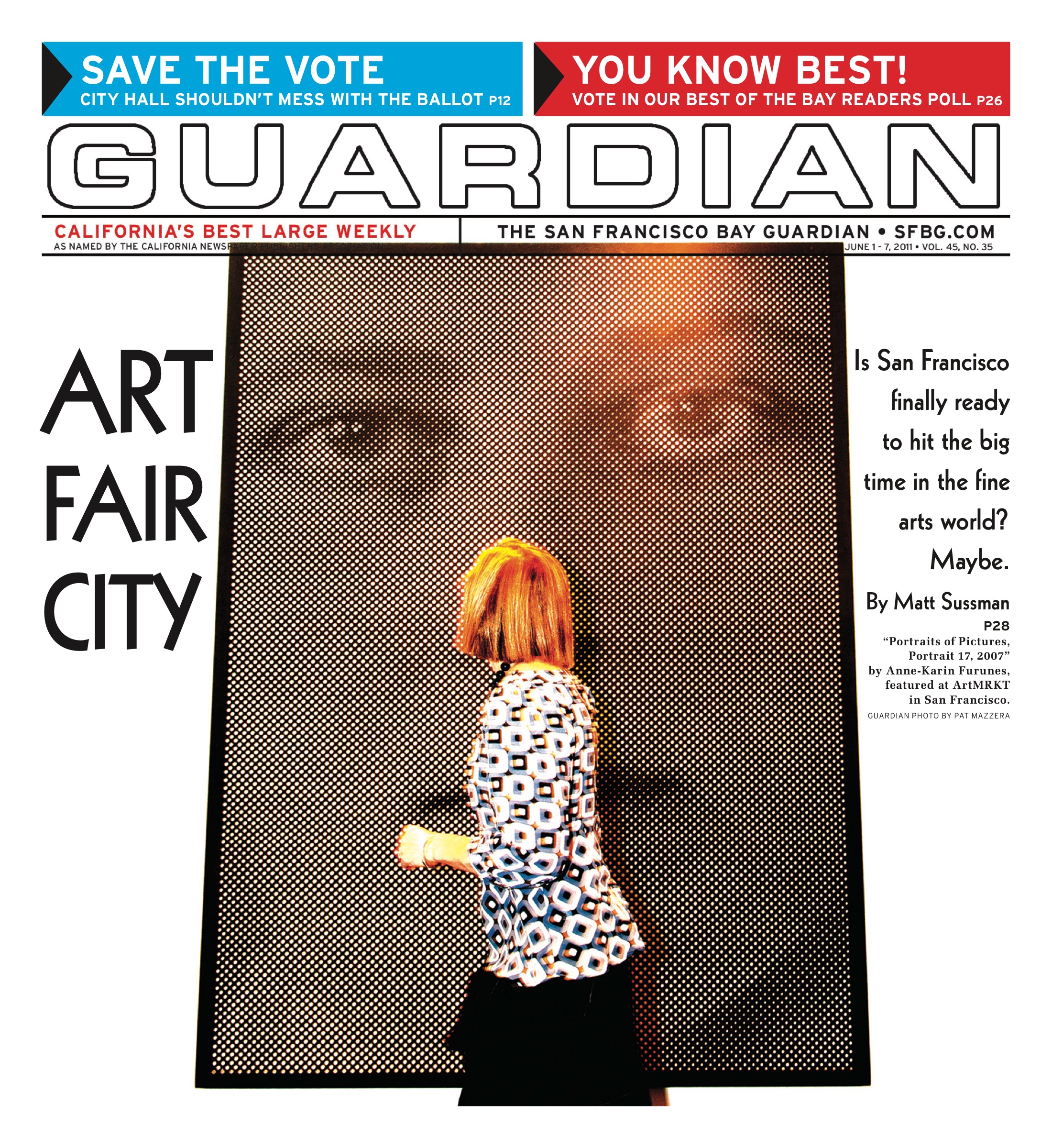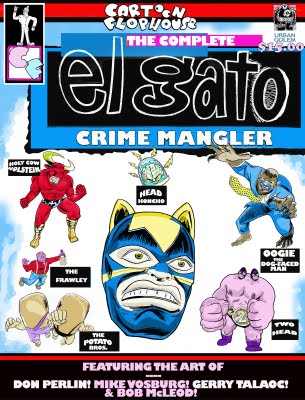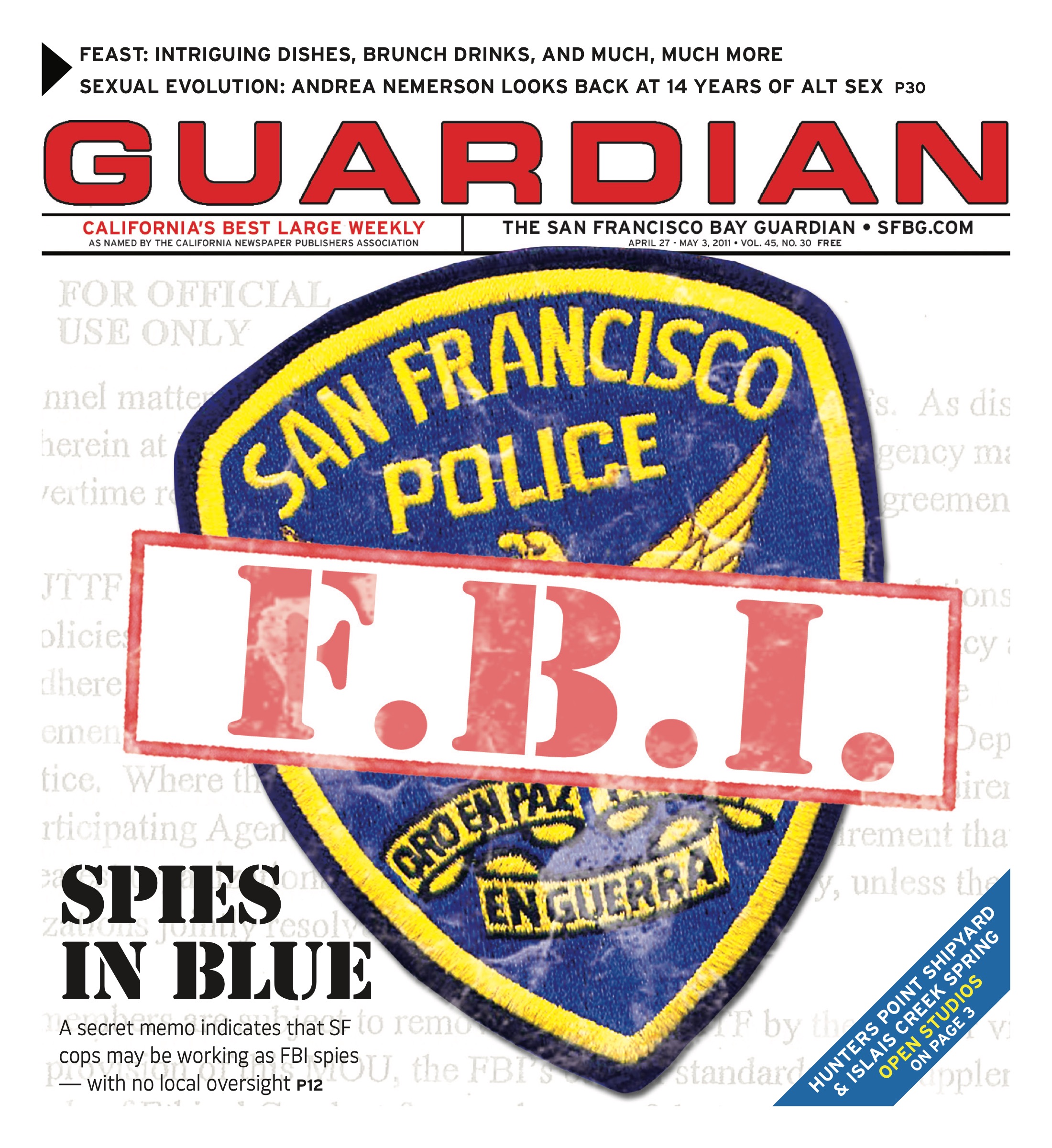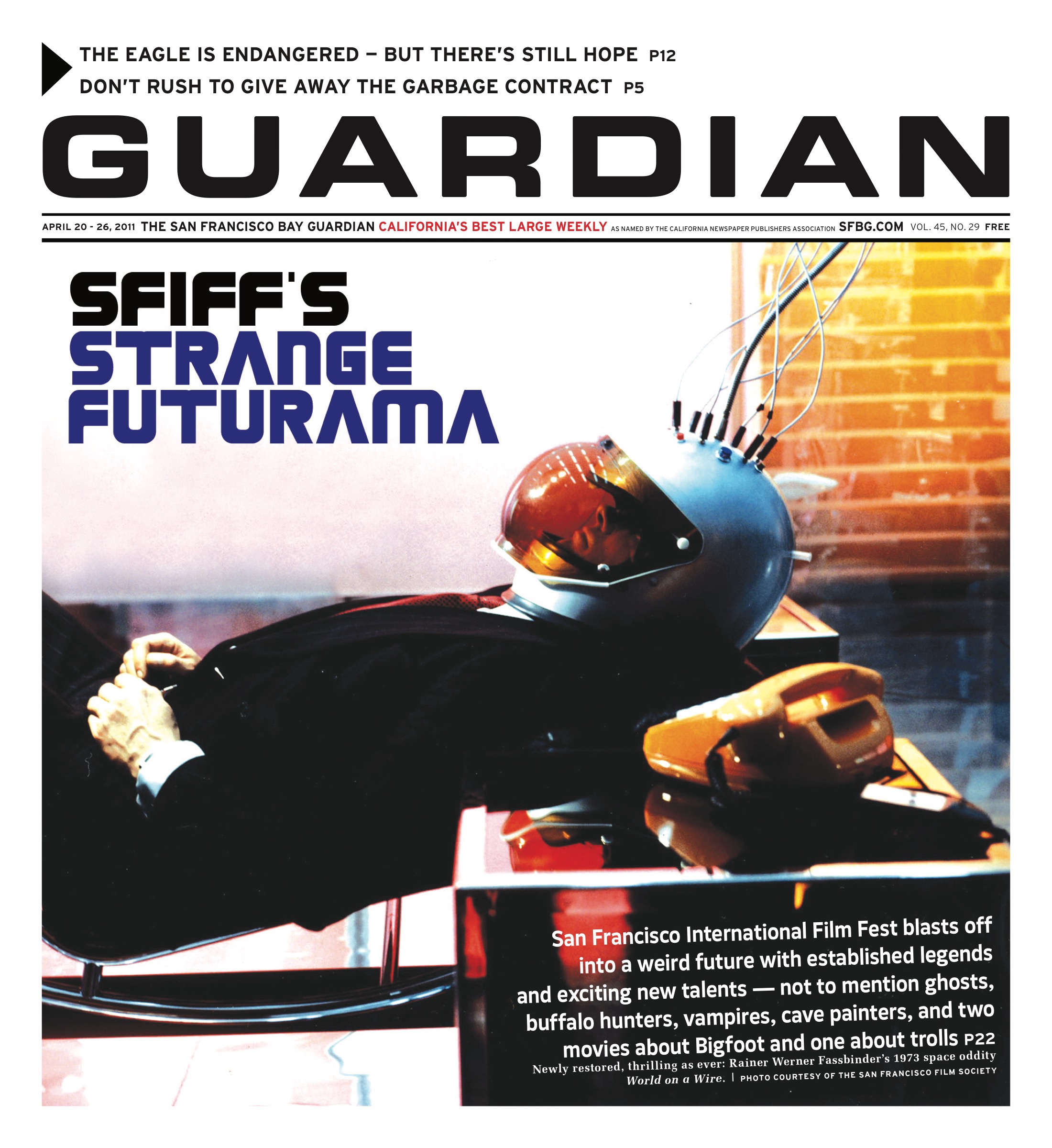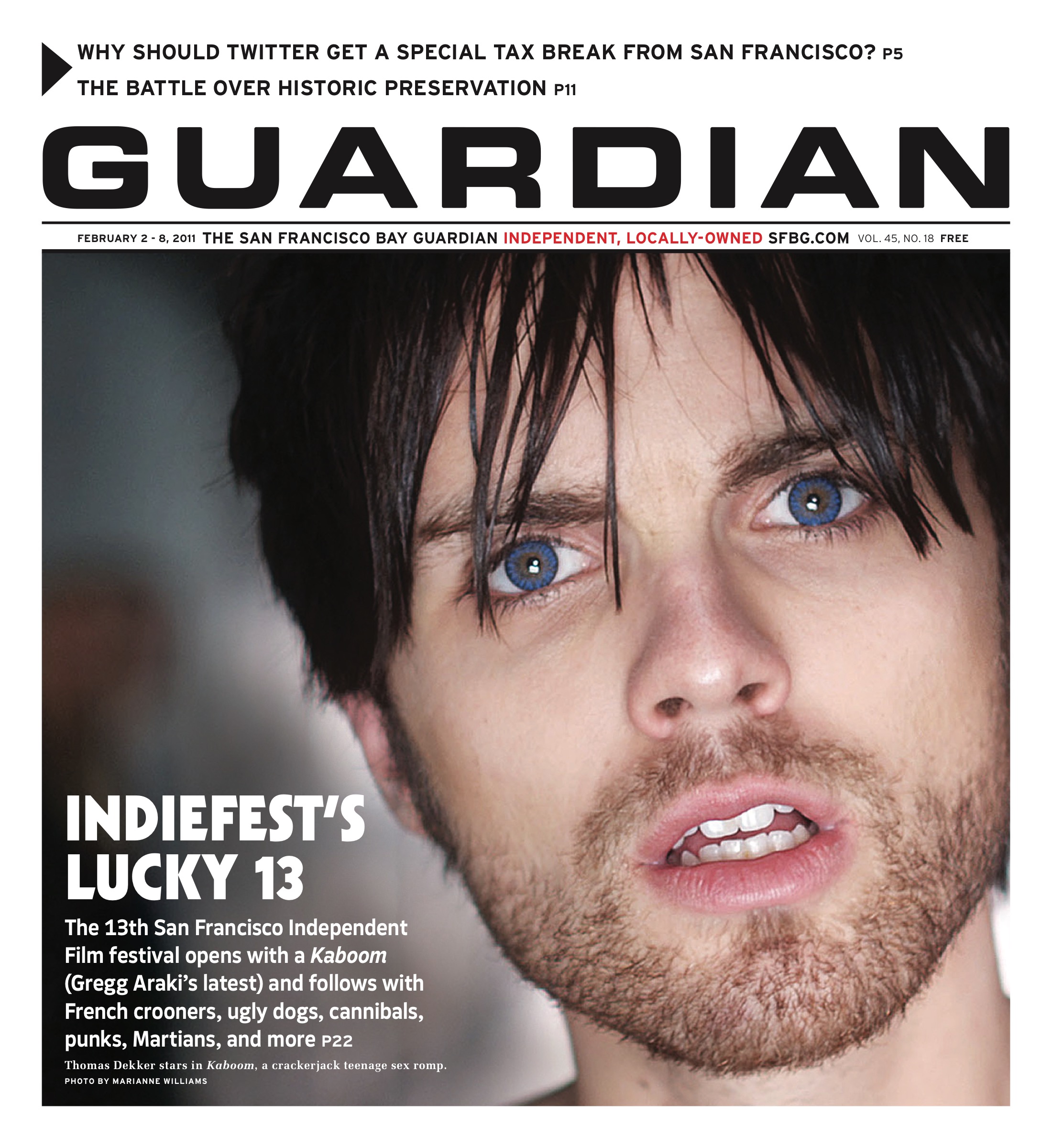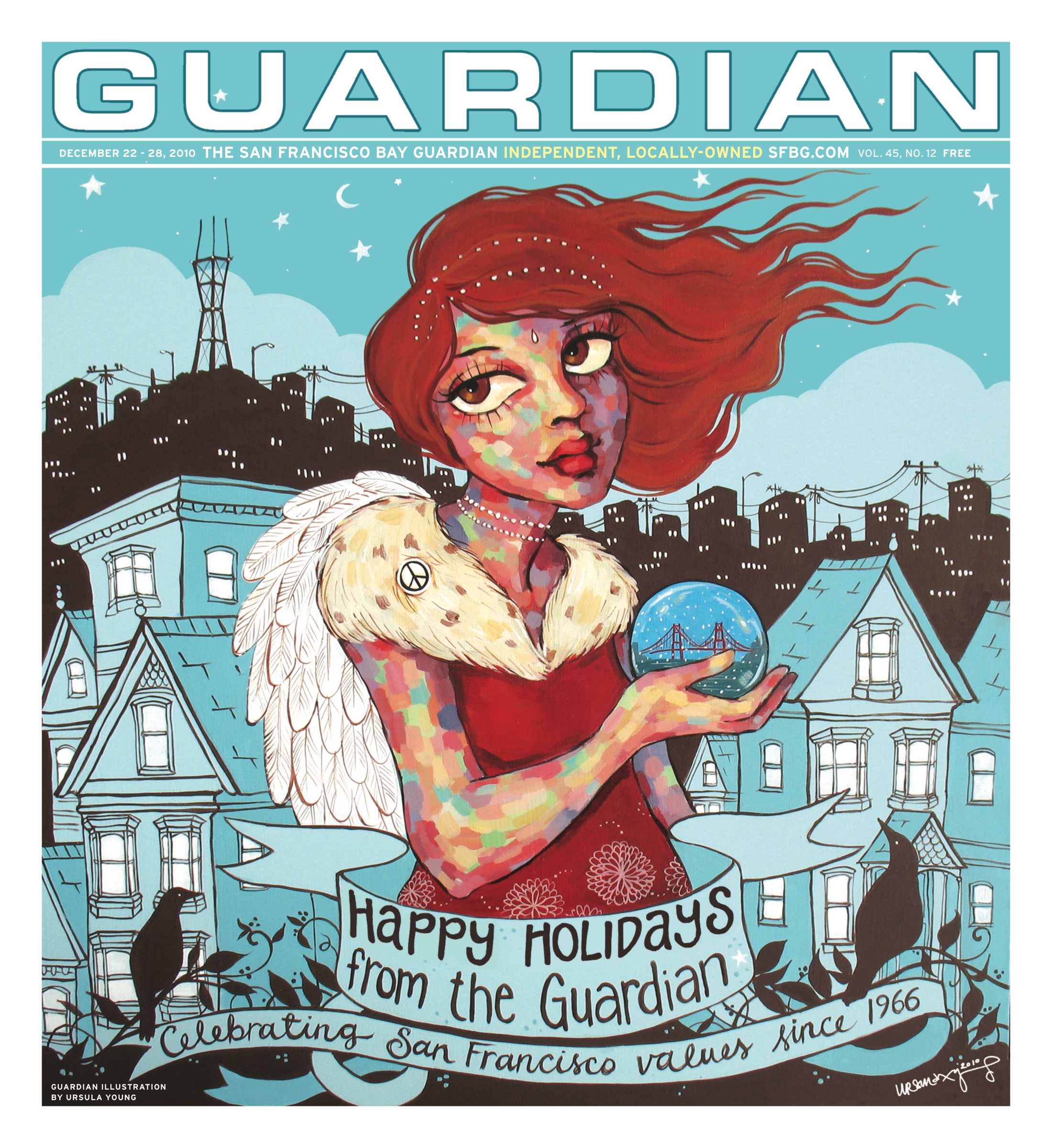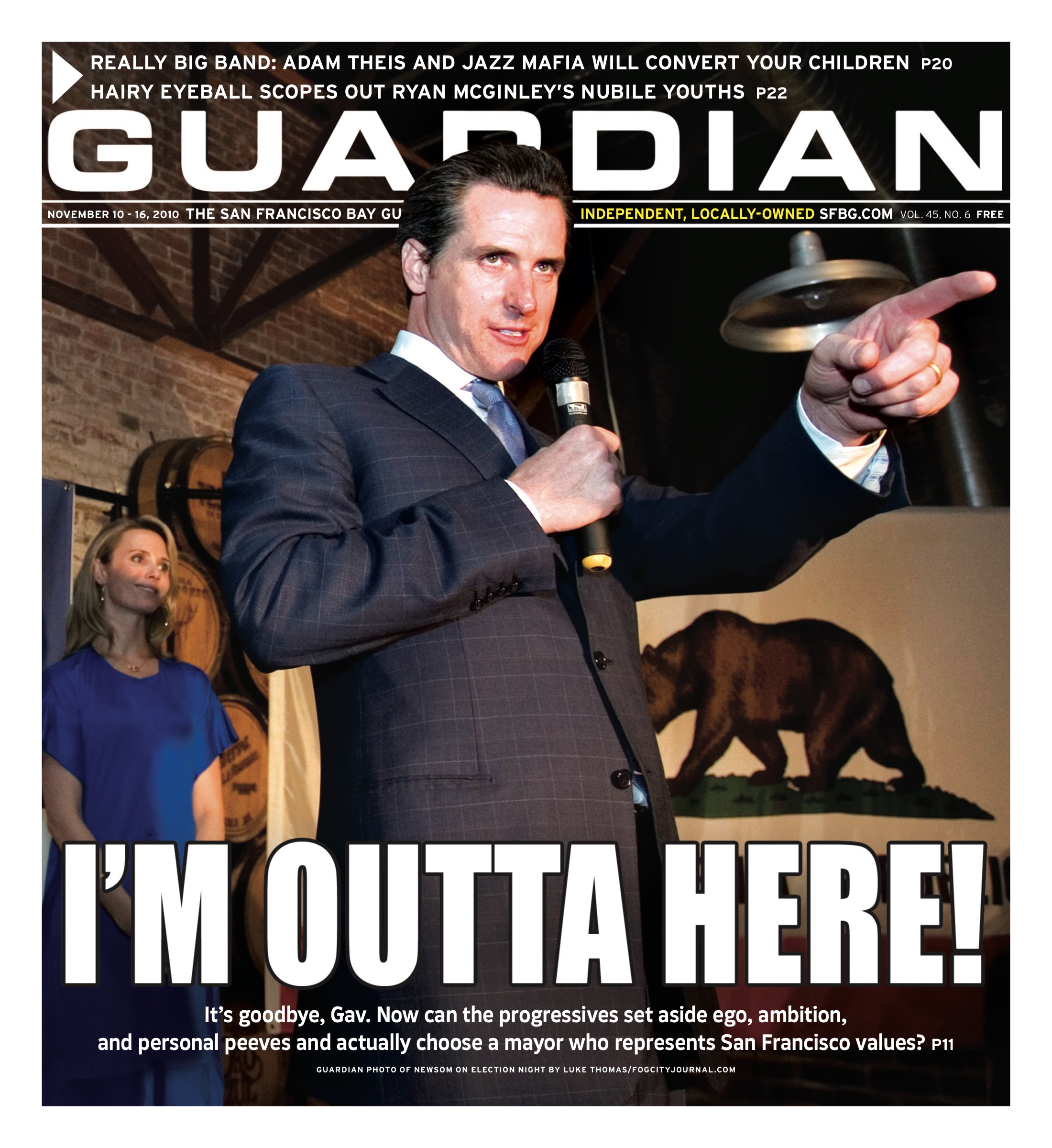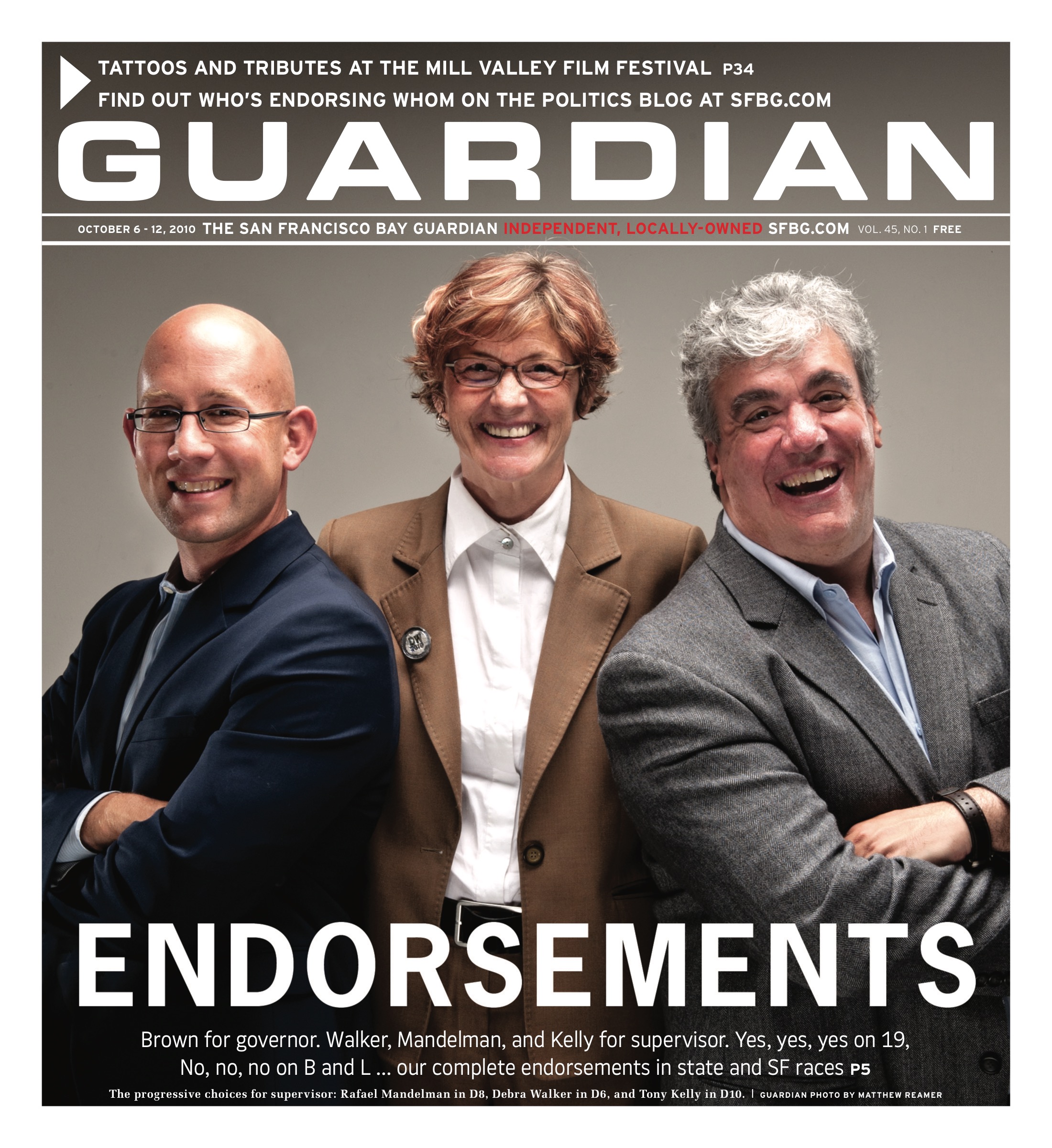Since club life is unpredictable, it’s a good idea to call ahead or check the venue’s website to confirm bookings and hours. Prices are listed when provided to us. Submit items for the listings at listings@sfbg.com. For further information on how to submit items for the listings, see Picks.
WEDNESDAY 16
ROCK/BLUES/HIP-HOP
Batillus, Prizehog, Sutekh Hexen Elbo Room. 9pm, $7.
Enrique Bunbury, Zoe Nob Hill Masonic Auditorium, 1111 California, SF; www.masonicauditorium.com. 8pm, $39.50-$89.50.
Freddie Gibbs 330 Ritch, SF; www.330ritch.com. 9pm. With Davinci.
Golden Void, Feral Ohms Hemlock Tavern. 9pm, $7.
New Found Glory, Set Your Goals, Wonder Years, Man Overboard, This Time Next Year Regency Ballroom. 7pm, $24.
Rock on Broadway 50 Mason Social House, SF; www.50masonsocialhouse.com. 10pm, free.
Terry Savastano Johnny Foley’s, 243 O’Farrell, SF; www.johnnyfoleys.com. 9pm, free.
Nathan Temby vs. Rags Tuttle Johnny Foley’s, 243 O’Farrell, SF; www.duelingpianosatfoleys.com. 9:30pm.
JAZZ/NEW MUSIC
Blues organ party with Chris Siebert Royal Cuckoo, 3202 Mission, SF; www.royalcuckoo.com. 7:30pm, free.
Cosmo AlleyCats Le Colonial, 20 Cosmo Place, SF; www.lecolonialsf.com; 7-10pm.
Dink Dink Dink, Gaucho, Michael Abraham Amnesia. 7pm, free.
Greg Gotelli Quartet Mejool, 2522 Mission, SF; www.medjoolsf.com. 6-9pm, free.
Ricardo Scales Top of the Mark, 999 California, SF; www.topofthemark.com. 6:30pm, $5.
Diane Schuur Rrazz Room, 222 Mason, SF; www.therrazzroom.com. 8pm, $45-$47.50
“Wild World of Greg Stephens” Cafe Du Nord. 8pm, $10-$12. With Ad Hoc Brass Band, Tango No. 9 and Big Lou’s Dance Party.
DANCE CLUBS
Booty Call Q-Bar, 456 Castro, SF; www.bootycallwednesdays.com. 9pm. Juanita Moore hosts this dance party, featuring DJ Robot Hustle.
Mary Go Round Lookout, 3600 16th St, SF; www.lookoutsf.com. 10pm, $5. Drag with Suppositori Spelling, Mercedez Munro, and Ginger Snap.
Megatallica Fiddler’s Green, 1333 Columbus, SF; www.megatallica.com. 7pm, free. Heavy metal hangout.
No Room For Squares Som., 2925 16th St, SF; (415) 558-8521. 6-10pm, free. DJ Afrodite Shake spins jazz for happy hour.
Third Wednesdays Underground SF. 10pm-2am, $3. With Ms. Jackson, DJ Loryn, and Becky Knox spinning electro, tech, house, and breaks.
Vespa Beat Bliss Bar, 4026 24th St., SF; www.blissbarsf.com. 9pm, free. MSK.fm spins raregrooves, electroswing, and boogie.
THURSDAY 17
ROCK/BLUES/HIP-HOP
Kyle Andrews, Rene Breton Hotel Utah. 9pm, $8.
Patrizio Buanne Great American Music Hall. 8pm, $32.50-$35.
Centro-Matic, Polica Bottom of the Hill. 9pm, $10.
ChameleonsVox, Black Swan Lake, James Oakes Cafe Du Nord. 9pm, $20.
Civil Wars, Milo Greene Fillmore. 8pm, $25.
Cut Loose Band Johnny Foley’s, 243 O’Farrell, SF; www.johnnyfoleys.com. 9pm, free.
Devil Wears Prada, Whitechapel, Enter Shikari, For Today Regency Ballroom. 7pm, $23.
Generalissimo, Moggs, Moonbell El Rio. 8pm, $5.
Robyn Hitchcock, Dawn Mitschele Slim’s. 8pm, $25.
Penguin Prison, FIGO DJ set Rickshaw Stop. 9pm, $13.
JC Rockit vs. Nathan Temby Johnny Foley’s, 243 O’Farrell, SF; www.duelingpianosatfoleys.com. 9:30pm.
San Cha, Black Glitter 50 Mason Social House, SF; www.50masonsocialhouse.com.9pm, free.
San Francesca, Nightmare Fortress, Bad Bibles, Saturnas Knockout. 9:30pm, $7.
Spyrals, Michael Beach, Hypatia Lake Hemlock Tavern. 9pm, $7.
T.I.T.S., Erase Errata, Grass Widow Public Works. 9pm, $8.
Tim Cohen’s Magic Trick, Devon Williams, Wet Illustrated Amnesia. 9pm, $7-$10.
YACHT, Safe Independent. 8pm, $18.
JAZZ/NEW MUSIC
Jazz organ party with Grahmm Connah Royal Cuckoo, 3202 Mission, SF; www.royalcuckoo.com. 7:30pm, free.
Tom Lander & Friends Mejool, 2522 Mission, SF; www.medjoolsf.com. 6-9pm, free.
Diane Schuur Rrazz Room, 222 Mason, SF; www.therrazzroom.com. 8pm, $45-$47.50
Stompy Jones Top of the Mark, 999 California, SF; www.topofthemark.com. 7:30pm, $10.
FOLK/WORLD/COUNTRY
Twang! Honky Tonk Fiddler’s Green, 1330 Columbus, SF; www.twanghonkytonk.com. 5pm. Live country music, dancing, and giveaways.
DANCE CLUBS
Afrolicious with Rex Riddem, DJ Mopo, Izzy Wize Elbo Room. 9:30pm, $6. Afrolicious and Funkfest present. With DJs Pleasuremaker and Senor Oz.
Arcade Lookout. 9pm, free. Indie dance party.
Dial Up Public Works Oddjob Loft. 9pm, $5. With Jonah Sharp.
Guilty Pleasures Gestalt, 3159 16th St, SF; (415) 560-0137. 9:30pm, free. DJ TophZilla, Rob Metal, DJ Stef, and Disco-D spin punk, metal, electro-funk, and 80s.
Thursday Special Tralala Revolution Café, 3248 22nd St, SF; (415) 642-0474. 5pm, free. Downtempo, hip-hop, and freestyle beats by Dr. Musco and Unbroken Circle MCs.
Thursdays at the Cat Club Cat Club. 9pm, $6 (free before 9:30pm). Two dance floors bumpin’ with the best of 80s mainstream and underground with Dangerous Dan, Low Life, and guests.
Tropicana Madrone Art Bar. 9pm, free. Salsa, cumbia, reggaeton, and more with DJs Don Bustamante, Apocolypto, Sr. Saen, Santero, and Mr. E.
FRIDAY 18
ROCK/BLUES/HIP-HOP
Back Pages Johnny Foley’s, 243 O’Farrell, SF; www.johnnyfoleys.com. 9pm, free.
Caught in Motion, Oona, Family Crest Cafe Du Nord. 9:30pm, $10.
Eoto, Il Gates Mezzanine. 9pm, $15.
Go-Going-Gone Girls, Meshugga Beach Party, Beachkrieg Thee Parkside. 9pm, $7.
Good Old War, Me & LP, Silent Comedy Bottom of the Hill. 9pm, $10.
Infamous Stringdusters, Emmitt-Nershi Band Independent. 9pm, $22.
Jason Marion, Nathan Temby & JC Rockit Johnny Foley’s, 243 O’Farrell, SF; www.duelingpianosatfoleys.com. 9:30pm.
Marketa Irglova, Sean Rowe Great American Music Hall. 9pm, $18.50-$21.
Minor Kingdom Amnesia. 6pm.
Murs, Tabi Bonney, Ski Beatz & Senseis, McKenzie Eddie, and more Fillmore. 9pm, $20.
John Nemeth Biscuits & Blues. 8pm, $20.
Smokestacks, Browntown West, Rosa Grande Hemlock Tavern. 9:30pm, $7.
“Snob Theater” Dark Room, 2263 Mission, SF; www.snobtheater.tumblr.com. 10pm, $10. Comedy and music with Sea of Bees and Rin Tin Tiger.
Stephen Stills, Pegi Young & Survivors Regency Ballroom. 9pm, $44-$49.50.
Tainted Love, Duran Duran Duran Bimbo’s. 9pm, $23.
Tank Yoshi’s. 8 and 10 pm, $30.
White Buffalo, Frank Fairfield Slim’s. 9pm, $13-$15.
JAZZ/NEW MUSIC
Black Market Jazz Orchestra Top of the Mark, 999 California, SF; www.topofthemark.com. 9pm, $10.
Chali 2NA, MTHDS Yoshi’s Jazz Lounge. 10:30pm. $20-$24.
Genna&Jesse Yoshi’s Jazz Lounge. 6pm, free.
Diane Schuur Rrazz Room, 222 Mason, SF; www.therrazzroom.com. 8pm, $45-$47.50
FOLK/WORLD/COUNTRY
Musical Art Quintet Sister Caroline Collins Theater, 1100 Ellis, SF; www.shcp.edu. 8pm, $10-$20.
Paul Anaya & Paul Nathan, Swindlefish 50 Mason Social House, SF; www.50masonsocialhouse.com.7pm, free.
The Social featuring Funk Revival Orchestra Elbo Room. 10pm, $10. With Camilo Landau, Hector Lugo, and Andres Soto.
DANCE CLUBS
Afro Bao Little Baobab, 3388 19th St, SF; (415) 643-3558. 10pm, $5. Afro and world music with rotating DJs including Stepwise, Steve, Claude, Santero, and Elembe.
DJ Harvey and Mike Simonetti Public Works. 9:30pm, $10-$15.
DJ What’s His Fuck Riptide Tavern, 3639 Taraval, SF; (415) 681-8433. 9pm, free. Spinning old school punk.
DJ Willy Nice Mejool, 2522 Mission, SF; www.medjoolsf.com. 10:30pm, $10.
KUSF In Exile DJs Bender’s, 806 South Van Ness, SF; www.bendersbar.com. 9pm. With Carolyn, Evyn Stevyn, Creep and Jay.
“Medicine Show” with Madlib and J Rocc Mighty, 119 Utah, SF; www.medicineshow.eventbrite.com. 9pm.
Oldies Night Knockout. 9pm, $2-$4. Doo-wap, one hit wonders, and soul with DJ Primo, Daniel, and Lost Cat.
Old School Dance Party El Rio. 9pm. DJs spinning freestyle, new wave, hip-hop, and old school jams.
Pledge: Fraternal Lookout. 9pm, $3-$13. Benefiting LGBT and nonprofit organizations. Bottomless kegger cups and paddling booth with DJ Christopher B and DJ Grind.
Martin Solveig Ruby Skye, 420 Mason, SF; www.rubyskye.com. Live DJ set. 8pm, $40.
Trannyshack: Morrissey vs. Annie Lennox DNA Lounge. 9:30pm, $15. Performances by Heklina and more, with DJ Omar.
Vintage Orson, 508 Fourth St, SF; (415) 777-1508. 5:30-11pm, free. DJ TophOne and guest spin jazzy beats for cocktalians.
SATURDAY 19
ROCK/BLUES/HIP-HOP
Adios Amigo Make-Out Room. 9pm, $8.
Atlas Moth, Kowloon Walled City, Pins of Light Hemlock Tavern. 4pm, $5.
Scott H. Biram, Joe Buck, Molly Gene One Whoaman Band Bottom of the Hill. 9:30pm, $12.
Budos Band, Afrolicious Mezzanine. 9pm, $22.
Dante vs. Zombies, Dirty Ghosts, Phil Manley’s Life Coach El Rio. 9pm, $8.
Dirty Hand Family Band Riptide Tavern, 3639 Taraval, SF; (415) 681-8433. 10 and 11:15pm.
Dreamdate, La Drugz, Croissants Thee Parkside. 9pm, $5.
Five Fingers of Death, Machine Zero Thee Parkside. 3pm, free.
Noel Gallagher’s High Flying Birds, Hours Orpheum Theatre, 1192 Market, SF; www.shnsf.com. 8pm, $39.50-$75.
Kyuss Lives!, Sword, Black Cobra, Papa Wheelie Regency Ballroom. 8pm, $30.
Mark Sultan, King Lollipop, Lovely Bad Things Hemlock Tavern. 9:30pm, $10.
Mission Players Fort Mason, SF; www.nightthatneverends.com. 6pm, $40. BevMo Holiday Beerfest.
Tainted Love, Duran Duran Duran Bimbo’s. 9pm, $23.
Top Secret Band Johnny Foley’s, 243 O’Farrell, SF; www.johnnyfoleys.com. 9pm, free.
Rags Tuttle, Jason Marion & Nathan Temby Johnny Foley’s, 243 O’Farrell, SF; www.duelingpianosatfoleys.com. 9:30pm.
Elliot Randall & the Deadmen Connecticut Yankee, 100 Connecticut, SF. 10pm, $10.
Sounds, Funeral Party, Limousines, Kids at the Bar Warfield. 9pm, $27.
Tank Yoshi’s. 8 and 10 pm, $30.
we.are.definitive, John Acquaviva, Olivier Giacomotto Mighty, 119 Utah, SF; www.blasthaus.com. 10pm.
Lucinda Williams Fillmore. 8pm, $40.
Zoo Station, Chronic Town Cafe Du Nord. 9:30pm, $15.
JAZZ/NEW MUSIC
Sonny Holland Rrazz Room, 222 Mason, SF; www.therrazzroom.com. 3pm, $25.
“Lost Cities: Scavenging the Cultural Landscape” Luggage Store Gallery, 1007 Market, SF; www.luggagestoregallery.org. 5:30pm, free. Sound and video installation.
“1+1” Electric Works, 130 Eighth, SF; www.sfelectricworks.com. 8pm, $10. Solo saxophonists Jon Raskin and Philip Greenlief.
Regina Maria Pontillo and her Fantastic Swing-Time Band Yoshi’s Jazz Lounge. 6pm.
Diane Schuur Rrazz Room, 222 Mason, SF; www.therrazzroom.com. 7 and 9:30pm, $45-$47.50
FOLK/WORLD/COUNTRY
Saturday Night Salsa Ramp, 855 Francois, SF; www.facebook.com/therampsf. 5:30pm, $10.
Holcombe Waller Cyperian’s, 2097 Turk, SF; www.liveatcyperians.blogspot.com. 8pm, $12-$20.
DANCE CLUBS
Afro Bao Little Baobab, 3388 19th St, SF; (415) 643-3558. 10pm, $5. Afro and world music with rotating DJs including Stepwise, Steve, Claude, Santero, and Elembe.
Blowoff Slim’s. 10pm, $15. Hosted and DJ’d by Bob Mould and Rich Morel.
Bootie SF: Bootie Amsterdam Preview DNA Lounge. 9pm, $8-$15. With Ruin My Tune, Smash-Up Derby, and resident Bootie SF DJs Adrian & Mysterious D, Dada.
Booty Bassment Knockout. 9pm, $5. Booty shaking hip-hop with DJs Ryan Poulsen and Dimitri Dickenson.
DJ Momentum Mejool, 2522 Mission, SF; www.medjoolsf.com. 10:30pm, $10.
Fringe Madrone Art Bar. 9pm, $5. Indie music video dance party with DJ Blondie K and subOctave.
Non Stop Bhangra Rickshaw Stop. 9pm, $10-$20.
Saturday Night Soul Party Elbo Room. 10pm, $5-$10. With DJs Lucky, Paul Paul, Phengren Oswald spinning ’60s soul 45s.
Smiths Night SF Rock-It Room. 9pm, free. Revel in 80s music from the Smiths, Joy Division, New Order, and more.
Sunugal.CA Bollyhood Café. 9pm, $7-10. Celebrate West Africa and the African Diaspora with VJ-DJ Sabar and DJ Migane, plus host VJ Oumar.
Tight Pants Edinburgh Castle, 950 Geary, SF; www.castlenews.com. 10pm, free. DJ Jules and Peter Noble spinning old school, electro, and aging hipster jams.
Wild Nights Kok BarSF, 1225 Folsom, SF; www.kokbarsf.com. 9pm, $3. With DJ Frank Wild.
SUNDAY 20
ROCK/BLUES/HIP-HOP
Blind Pilot Great American Music Hall. 8pm, $18-$20.
“Cabaret Showcase Showdown” Cafe Du Nord. 8:30pm, $15. Featuring Tom Shaw Trio, Carly Ozard, and Cara Burgoyne.
Kimya Dawson Rickshaw Stop. 8pm, $15.
Key Losers, Lesbians, Nora Roman and the Border Busters Hemlock Tavern. 9pm, $7.
Macklemore, Ryan Lewis, Champagne Champagne, Xperience Slim’s. 7:30pm, $16.
Obscura, Abysmal Dawn, Last Chance to Reason, Fallujah, Continuum DNA Lounge. 8pm, $15.
Tank Yoshi’s. 7 and 9pm, $30.
Terry Savastano Johnny Foley’s, 243 O’Farrell, SF; www.johnnyfoleys.com. 9pm, free.
Lucinda Williams Fillmore. 8pm, $40.
Y La Bamba, Death Songs Amnesia. 9pm, $7-$10.
JAZZ/NEW MUSIC
Blues organ party with Lavay Smith and Chris Siebert Royal Cuckoo, 3202 Mission, SF; www.royalcuckoo.com. 7:30pm, free.
Sonny Holland Rrazz Room, 222 Mason, SF; www.therrazzroom.com. 3pm, $25.
Places of Note Herbst Theatre, 401 Van Ness, SF; wwww.sfchamberorchestra.org. 3-5pm.
Tom Lander & Friends Mejool, 2522 Mission, SF; www.medjoolsf.com. 6-9pm, free.
Diane Schuur Rrazz Room, 222 Mason, SF; www.therrazzroom.com. 7pm, $45-$47.50
FOLK/WORLD/COUNTRY
Sunday Night Salsa Ramp, 855 Francois, SF; www.facebook.com/therampsf. 5:30pm, $10.
Twang Sundays Thee Parkside. 4pm, free. With Silver Threads. 4pm, free.
DANCE CLUBS
Batcave Club 93, 93 9th St, SF 10pm, $5. Death rock, goth, and post-punk with Steeplerot, XChrisT, Necromos and c_death.
Dub Mission Elbo Room. 9pm, $6. Dub, roots, and classic dancehall with DJ Sep, Ludichris, and REK.
Fresh Ruby Skye, 420 Mason, SF; www.rubyskye.com. Live DJ set. 6pm. Benefiting HRC.
Jock Lookout, 3600 16th St, SF; www.lookoutsf.com. 3pm, $2. Raise money for LGBT sports teams while enjoying DJs and drink specials.
La Pachanga Blue Macaw, 2565 Mission, SF; www.thebluemacawsf.com. 6pm, $10. Salsa dance party with live Afro-Cuban salsa bands.
MONDAY 21
ROCK/BLUES/HIP-HOP
Jason Bergey 50 Mason Social House, SF; www.50masonsocialhouse.com.10pm, free.
Damir Johnny Foley’s, 243 O’Farrell, SF; www.johnnyfoleys.com. 9pm, free.
Noah & the Whale, Nikki Lane Great American Music Hall. 8pm, $21.
Of Nazareth, Monbon, Maddcaesar Elbo Room. 9pm.
“Simon and Garfunkel Retrospective” Cafe Du Nord. 8pm, $20. With A.J. Swearingen and Jonathan Beedle.
VNV Nation, Straftanz Slim’s. 8pm, $26.
Wu Lyf, Crystal Antlers Independent. 8pm, $15.
JAZZ/NEW MUSIC
Bossa Nova Tunnel Top, 601 Bush, SF; (415) 722-6620. 8-11:30pm, free. Live acoustic Bossa Nova.
Candye Kane Yoshi’s. 8pm, $15.
Veronica Klaus Rrazz Room, 222 Mason, SF; www.therrazzroom.com. 8pm, $29.50.
DANCE CLUBS
Death Guild DNA Lounge. 9:30pm, $3-5. Gothic, industrial, and synthpop with Joe Radio, Decay, and Melting Girl.
M.O.M. Madrone Art Bar. 6pm, free. DJs Timoteo Gigante, Gordo Cabeza, and Chris Phlek playing all Motown every Monday.
Sausage Party Rosamunde Sausage Grill, 2832 Mission, SF; (415) 970-9015. 6:30-9:30pm, free. DJ Dandy Dixon spins vintage rock, R&B, global beats, funk, and disco at this happy hour sausage-shack gig.
TUESDAY 22
ROCK/BLUES/HIP-HOP
Cynic, 3, Scale the Summit Slim’s. 8pm, $18.
Stan Erhart Band Johnny Foley’s, 243 O’Farrell, SF; www.johnnyfoleys.com. 9pm, free.
Funker Vogt, Everything Goes Cold, DJ Decay Elbo Room. 9pm, $25.
Growwler, Dweller, Memoirs El Rio. 7pm, $3.
Lusitania, American Tomahawk, Winter’s Fall Bottom of the Hill. 9pm, $8.
Neurovoltaic Orchestra Boom Boom Room, 1601 Fillmore, SF. 9:30pm, $5.
Only You, Them Hills, Zachary Blizzard Hemlock Tavern. 9pm, $6.
Planet of the Abts, Moksha Cafe Du Nord. 8pm, $12.
Retromeca Grant & Green, 1371 Grant, SF; (415) 693-9565. 9:30pm.
Ruleta Rusa, Sydney Ducks, Synthetic ID Knockout. 9:30pm, $6.
Shwayze & Cisco Adler, Mod Sun, G-Eazy Independent. 8pm, $20.
Wale Mezzanine. 9pm, $25.
JAZZ/NEW MUSIC
Audrey Moira Shimkas Trio Yoshi’s Jazz Lounge. 6pm.
Kai Eckhardt Band Yoshi’s. 8pm, $16.
Veronica Klaus Rrazz Room, 222 Mason, SF; www.therrazzroom.com. 8pm, $29.50.
FOLK/WORLD/COUNTRY
“Scott Joplin Birthday Ragtime Concert” City College of San Francisco, 50 Phelan, Creative Arts Building, SF; (415) 239-3641. 11 a.m., free.
Two Bulls in Your China Shop, Feral Cat El Rio front room. 7-9pm, free.
DANCE CLUBS
Eclectic Company Skylark, 9pm, free. DJs Tones and Jaybee spin old school hip hop, bass, dub, glitch, and electro.

